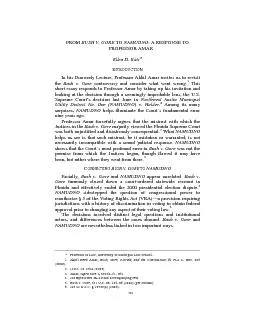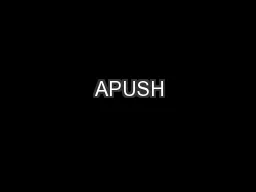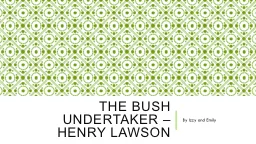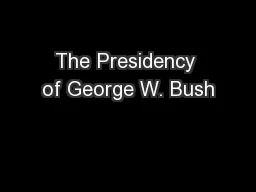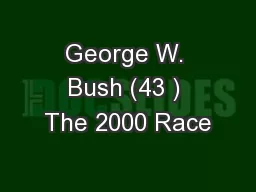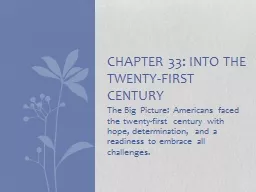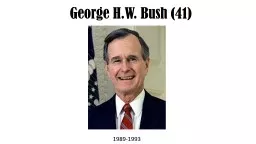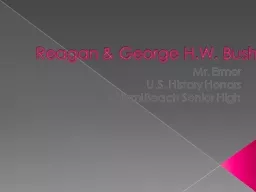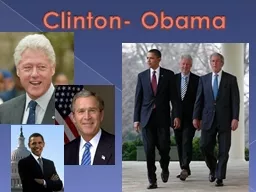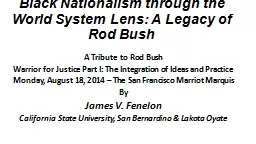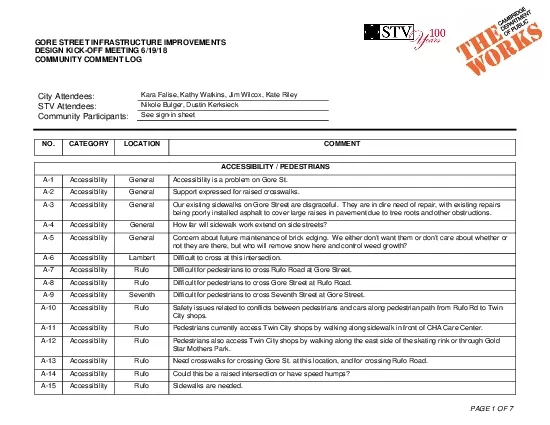PDF-991 FROM BUSH V. GORE TO NAMUDNO: ARESPONSE TO PROFESSOR AMAR Ellen D.
Author : myesha-ticknor | Published Date : 2017-11-25
Professor of Law University of Michigan Law School 1 Akhil Reed Amar Bush Gore Florida and the Constitution 61 FLALEV 945 2009 2 129 S Ct 2504 2009 3 Amar supra
Presentation Embed Code
Download Presentation
Download Presentation The PPT/PDF document "991 FROM BUSH V. GORE TO NAMUDNO: ARESPO..." is the property of its rightful owner. Permission is granted to download and print the materials on this website for personal, non-commercial use only, and to display it on your personal computer provided you do not modify the materials and that you retain all copyright notices contained in the materials. By downloading content from our website, you accept the terms of this agreement.
991 FROM BUSH V. GORE TO NAMUDNO: ARESPONSE TO PROFESSOR AMAR Ellen D.: Transcript
Download Rules Of Document
"991 FROM BUSH V. GORE TO NAMUDNO: ARESPONSE TO PROFESSOR AMAR Ellen D."The content belongs to its owner. You may download and print it for personal use, without modification, and keep all copyright notices. By downloading, you agree to these terms.
Related Documents

